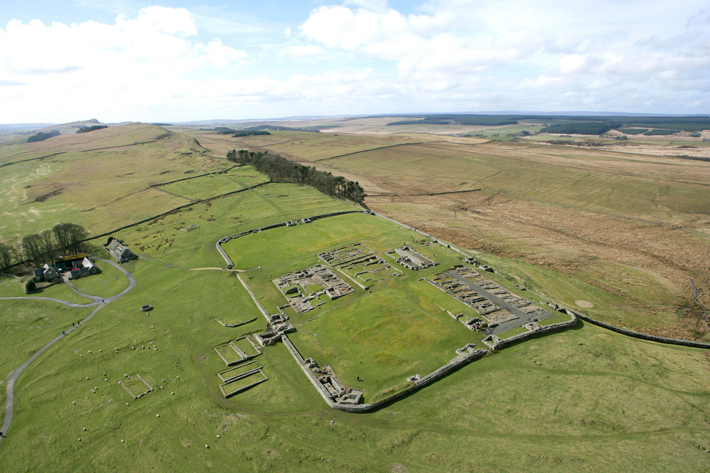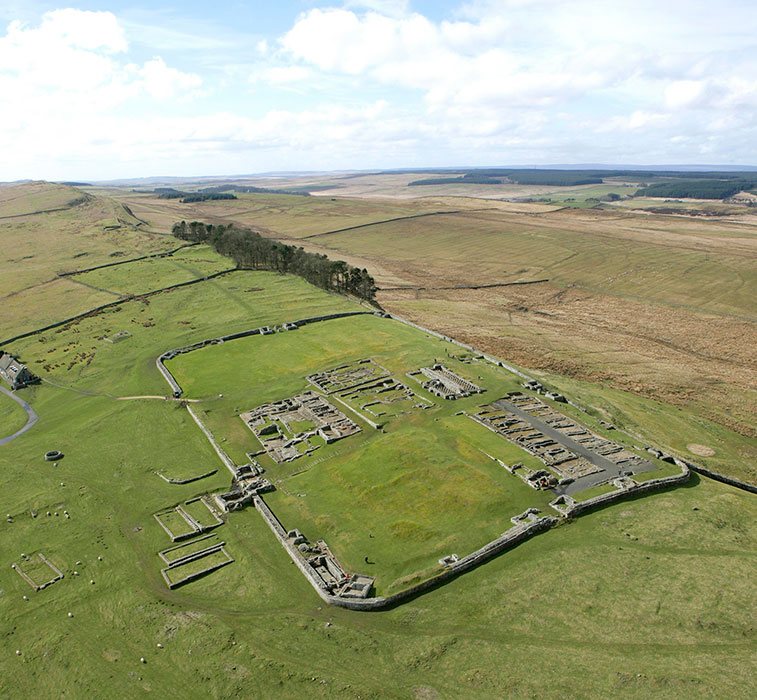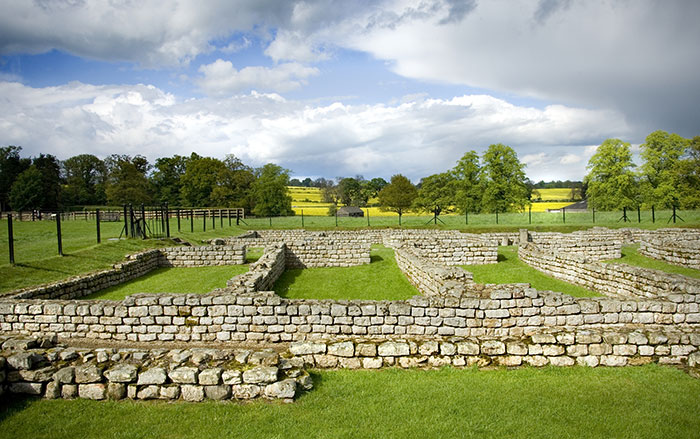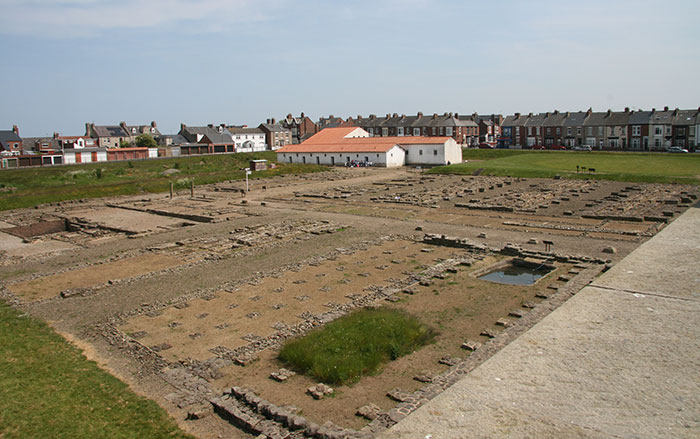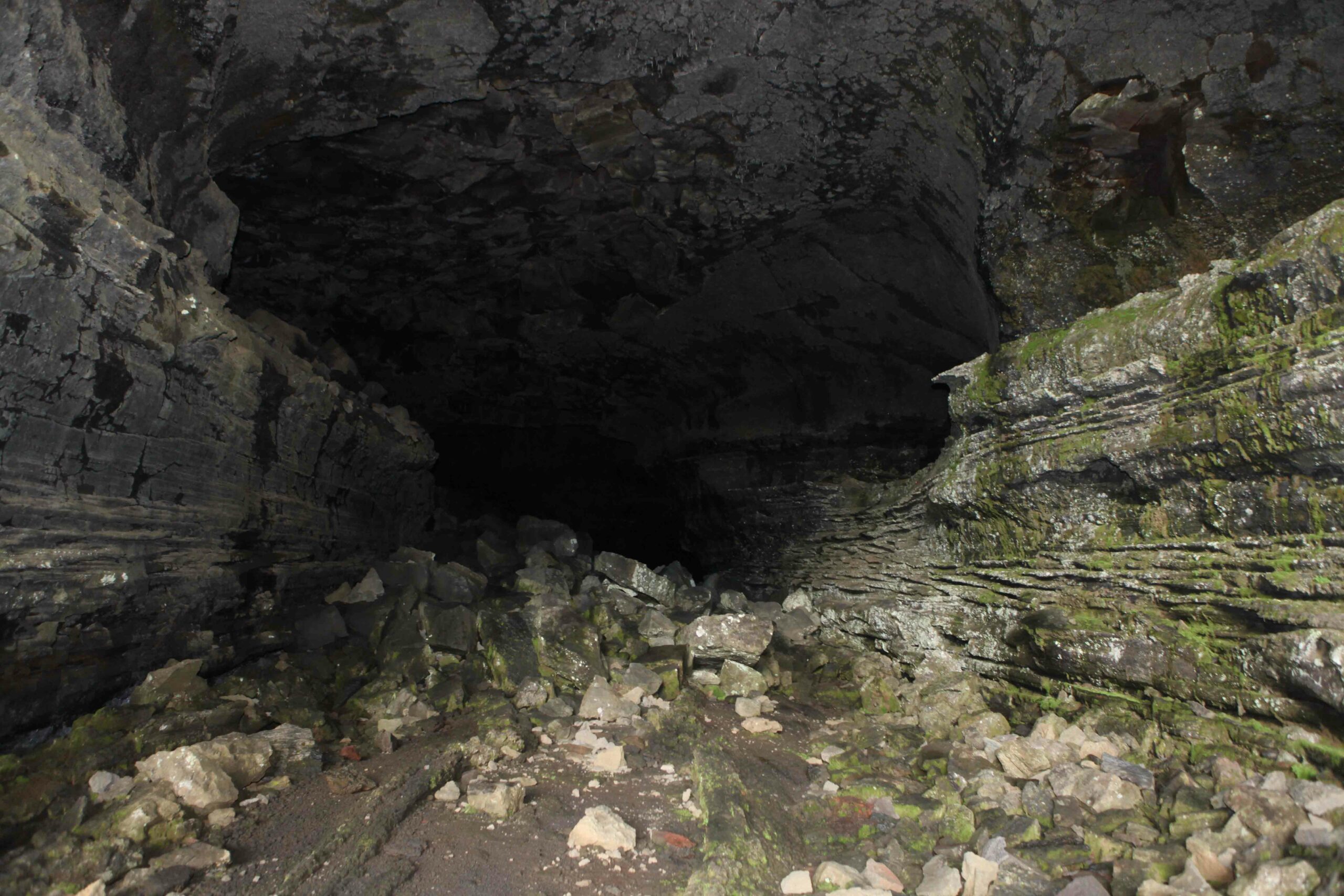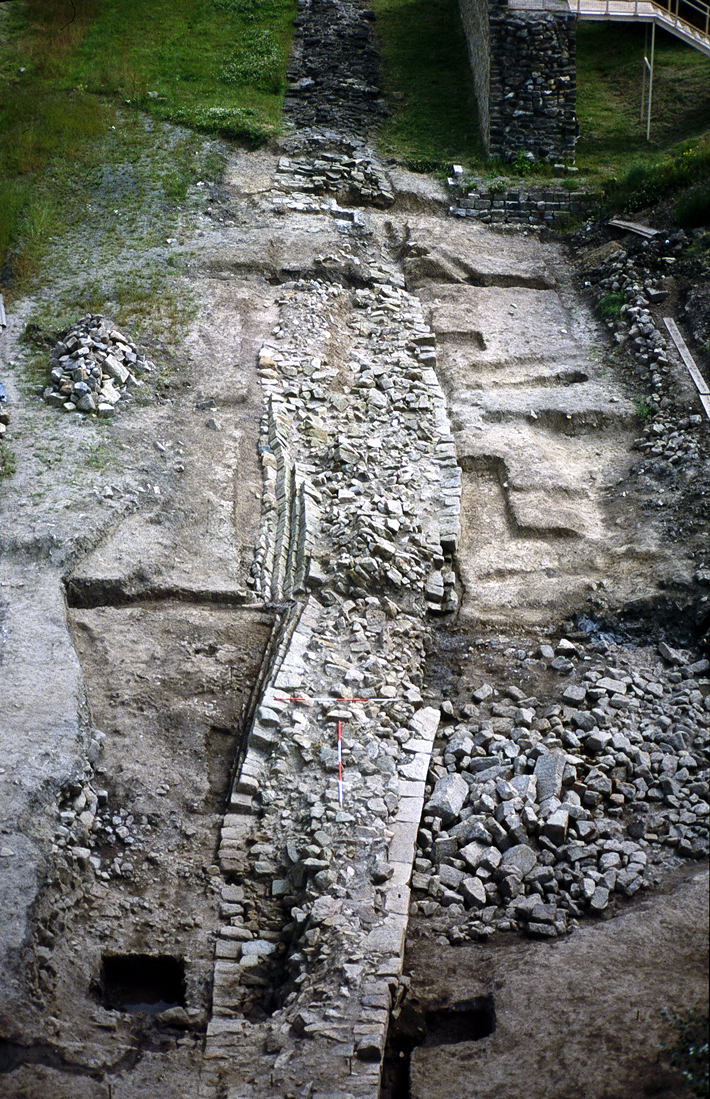
Although not its only purpose, Hadrian’s Wall was a major component of the empire’s frontier military strategy. “Undoubtedly the wall must have been used to define and regulate points where people from north of the wall could come to trade and have contact with the empire,” says Nick Hodgson, principal archaeologist of the Tyne & Wear Archives & Museums. “But I see its primary purpose as a physical barrier to slow up the crossing of raiders and people intent on getting into the empire for destructive or plundering purposes.” To this end, the entire length of the wall was built with an alternating series of forts, most for both cavalry and infantry, each housing as many as 600 men, manned milecastles for between 12 and 20 men, and lookout towers. “It’s important to be clear that the wall isn’t the sort of defensive line where the whole of the Roman army would have stood together to repel some kind of siege like a medieval fortress,” says Hodgson, “but rather that it would allow the instant observation and slowing down of an attack or movement towards the province, and give time to bring extra troops from the nearest milecastle or fort, or even from other locations. It’s not a place where you make a final stand.”
But the forts and milecastles, and even the wall itself, were only part of what Hodgson describes as a multilevel system of defense that also included outpost forts as far as 70 miles north of the wall, as well as a network of forts south of the wall housing major military installations. During excavations of the fort and wall at Wallsend, whose Roman name may have been Segedunum, Hodgson’s team uncovered a particularly interesting feature of this system—rows of holes in the ground between the wall and the defensive ditch. At first the team believed that the pits, which likely held branches or small tree trunks entangled with sharpened branches to form a nearly impenetrable obstacle, were a local feature designed to give extra protection to the town outside the fort. But a few years later, more of these pits were found farther west along the wall, and it is now thought that they are a general feature of Hadrian’s Wall, at least along the first 12 miles of the eastern section where the terrain is quite flat. Says Hodgson, “This new part of the wall’s anatomy has been a fascinating discovery because this extra, very sharp-looking set of obstacles immediately in front of the wall has reignited the discussion of the purpose of the wall and demanded a reconsideration of the long-held interpretation that it had no defensive or tactical role.”
